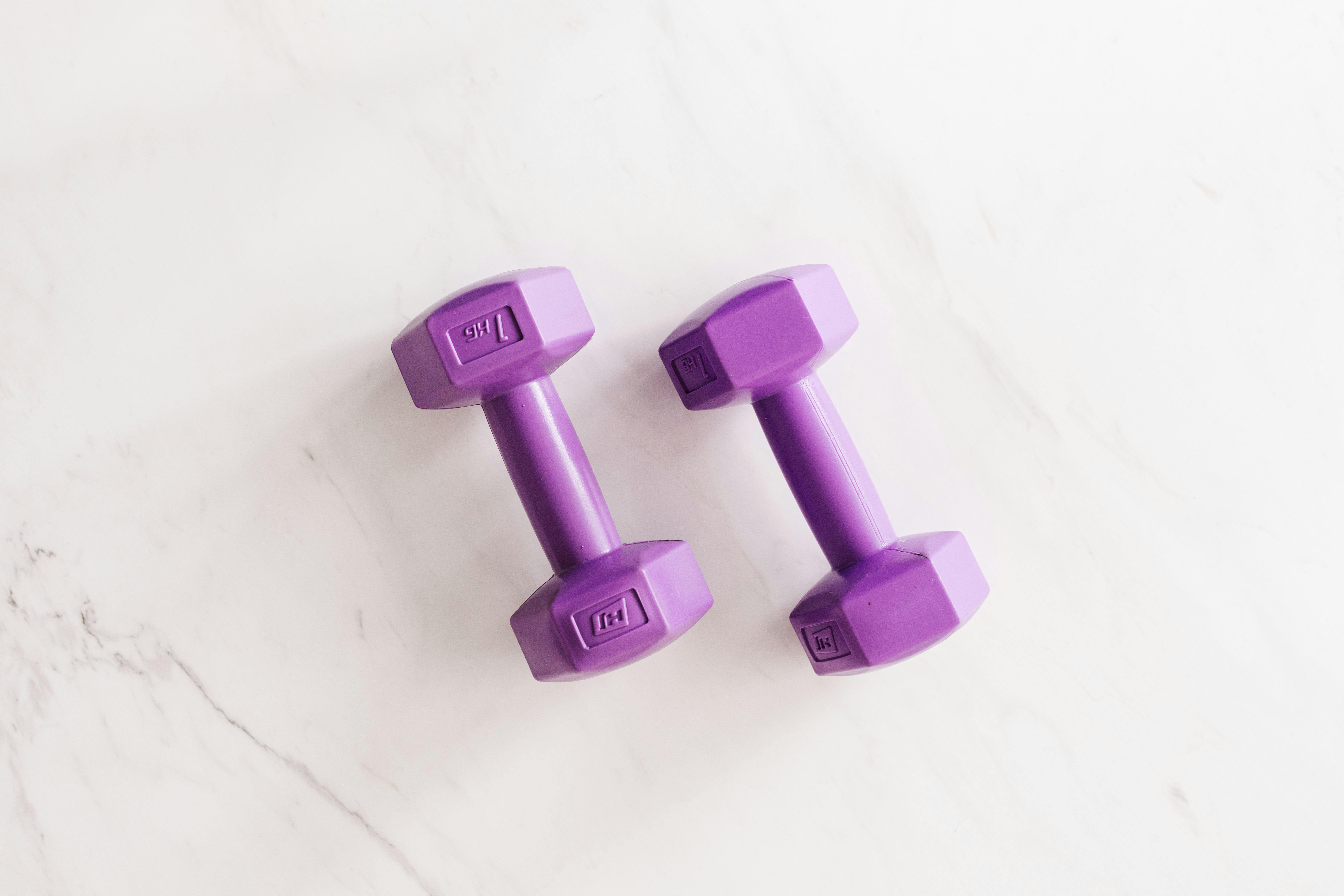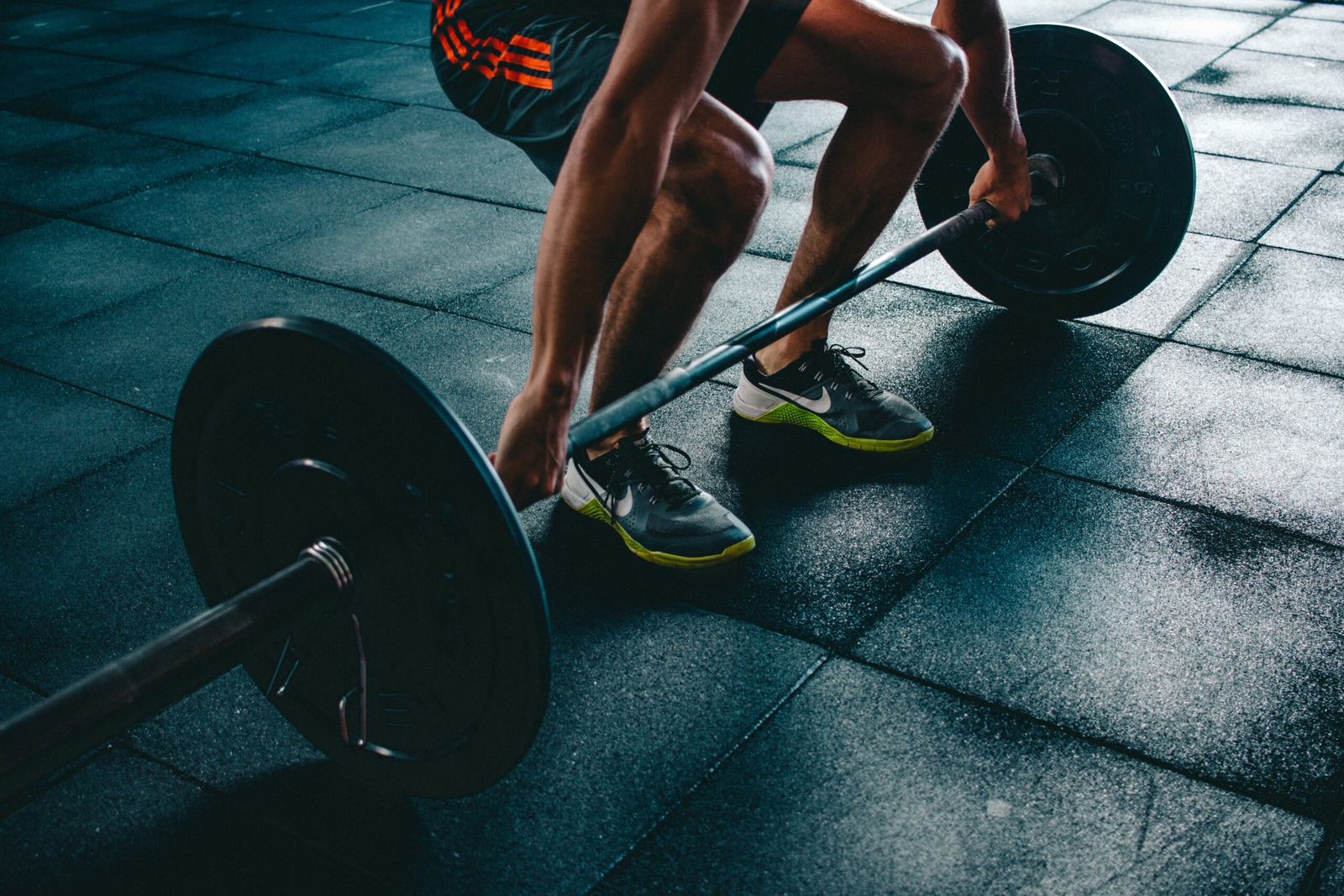Understanding the Timeline: Once in Ketosis, How Long Before Weight Loss?
Discovering the science behind the subtle dance between the ketogenic diet and weight loss can be quite enlightening. This article explores the captivating topic of ketosis, a metabolic state where your body efficiently burns fat for energy, and how long it takes for weight loss to actually commence once in this state. With a clear focus on speed and efficacy, it provides comprehensive answers to your urgent questions on how to rapidly lose weight within a week’s timeframe, effectively guiding you through the intertwined paths of ketosis and weight loss.

Understanding Ketosis
Definition of Ketosis
Ketosis is a unique metabolic state in which your body shifts from using glucose as its primary source of energy to using fats. This shift happens because of a reduction in the availability of glucose, usually due to restricting intake of carbs. The bells start ringing in your body, and instead of glucose, your liver starts making ketones from fat, which serve as an alternative fuel for the body.
The role of ketosis in body
Ketosis not only serves as a survival mechanism in times of energy crisis but also has profound implications on body functions. It provides a consistent energy supply, supporting brain function under carbohydrate restriction. Many people applaud ketosis for its potential benefits in weight loss, improved mental clarity, and reduction in blood sugar levels.
Difference between Ketosis and Ketoacidosis
While both states involve an elevation of ketones in the body, it’s crucial to realize that ketosis and ketoacidosis are vastly different. Ketosis refers to a healthy, desired metabolic state influenced by diet or exercise, while ketoacidosis is a severe, life-threatening condition that most frequently occurs in people with type 1 diabetes. In ketoacidosis, ketone levels rise too high, making the blood overly acidic, posing serious health threats.
Getting into Ketosis
The stages of reaching ketosis
Entering ketosis is not an overnight achievement. It goes through noticeable stages. Initially, during the carbohydrate withdrawal stage, you might experience flu-like symptoms, commonly known as “keto-flu.” As your body consumes remaining glucose, it gradually moves into the “diuresis” stage, marked by frequent urination and loss of stored water and salt. Once your body switches to burning fat primarily for fuel, congratulations, you’re in ketosis.
The ketogenic diet: a guide to achieve ketosis
Achieving ketosis revolves around following the ketogenic diet, characterized by a very low carbohydrate intake, a moderate protein intake, and a high-fat intake. This diet encourages your body to shift its energy utilization from glucose to ketones derived from fats.
Importance of macros in ketosis
Eating the right amount of macros plays a crucial role in reaching ketosis. Keeping your carb intake low (typically below 50 grams per day), consuming adequate protein (to support muscle mass), and filling up your diet with healthy fats can help you get there. Monitoring your macro intake can make the journey to ketosis more predictable and measurable.
Possible side effects while entering ketosis
As your body adjusts to the fuel-switch, you may experience some side effects, including fatigue, headache, irritability, and difficulty focusing, known collectively as the “keto flu.” Some might also face digestive issues or bad breath. These symptoms are temporary and tend to go away once your body fully adapts to its new metabolic state.

Recognizing you’re in Ketosis
Physical markers of ketosis
Several physical signs can indicate you’re in ketosis. These may include weight loss, decreased hunger, increased energy, and improved focus. Some people also experience bad breath, dry mouth, or a metallic taste in their mouth, distinct symptoms of ketosis.
Testing ketone levels in blood, urine and breath
If you want to be sure you’re in ketosis, testing your ketone levels is the way to go. There are three main ways to do this: blood tests, urine tests, and breath tests. The most accurate of these is the blood test, which directly measures your blood’s ketone levels.
Needed time for the body to get into ketosis
The time it takes to get into ketosis can vary from person to person. Typically, with strict adherence to a ketogenic diet, it takes somewhere between 2 to 4 days. However, some individuals might take a week or more. Factors such as your individual metabolism, exercise, and carbohydrate intake can influence how quickly you enter ketosis.
Ketosis and Weight Loss
Mechanism of weight loss in ketosis
Once in ketosis, your body becomes a fat-burning machine. When your body doesn’t have sufficient glucose, it uses stored fats to produce ketones for energy, thereby promoting weight loss.
Ketosis VS traditional diets for weight loss
Unlike traditional low-fat diets that restrict calories, ketogenic diets focus on shifting the type of calories you consume. Because it doesn’t strictly limit your food intake but changes its composition, many people find ketogenic diets easier to stick to, leading to better weight loss results.
Role of insulin and glucagon during ketosis
Being in ketosis influences several hormones. As you keep carb intake to a minimum, insulin levels drop, while glucagon levels rise. This insulin-glucagon dance plays an essential role in promoting the metabolic demand for fat, thus stimulating weight loss.

Once in Ketosis, How Long Before Weight Loss?
Factors determining speed of weight loss in ketosis
Many factors can affect how quickly you start to lose weight once you’re in ketosis. These may include your existing body composition, how strictly you adhere to the diet, your daily activity level, and your metabolic rate.
Stages of weight loss in ketosis
There’s often an initial rapid drop in weight during the first week as your body depletes stored glycogen and loses water. Then, a steady weight loss follows as your body starts burning fat for energy. Remember that weight loss is seldom linear, so don’t get disheartened if you see some fluctuations.
Monitoring progress during ketosis
Besides the scale, it’s good to keep track of other parameters. Changes in body composition, measurements, and energy levels are equally important to gauge your progress. Remember, success isn’t measured solely by pounds lost.
Enhancing Ketosis for Faster Weight Loss
Exercise and ketosis
Exercise can help you get into ketosis faster by using up your body’s glycogen stores more quickly. It also aids in increasing energy expenditure, hence promoting weight loss.
Intermittent fasting and ketosis
Intermittent fasting can be a potent tool to enhance ketosis and speed up weight loss. It helps to lower insulin and increase fat breakdown, thereby making more fatty acids available for ketone production.
Role of hydration in enhancing ketosis
Staying well-hydrated supports every system in your body, including metabolism and kidney function. Besides, since ketogenic diets often cause water loss, it’s even more crucial to drink plenty of liquids and replenish electrolytes.
Impact of sleep on ketosis for weight loss
Quality sleep is key to any weight loss plan. Lack of enough sleep can interfere with hunger hormones, possibly leading to poor diet choices or slowed weight loss. So, be sure to get plenty of rest!
Challenges in Sustaining Ketosis
Possible hurdles during ketosis
Maintaining ketosis isn’t always smooth sailing. You might face hurdles like dealing with the initial side effects, learning to count macros, or figuring out how to handle social events. But keep faith!
Addressing hunger and cravings
In the initial stages, you might grapple with increased hunger or cravings for certain foods. To combat this, make sure to consume sufficient protein and healthy fats at your meals. Staying hydrated and having small, frequent meals might also help.
How to handle social events
Navigating social events can be challenging. You might feel the pressure to indulge or explain your dietary choices to others. Key here is planning ahead— consider eating something before you head out or pick food options aligning with your diet plan.
Tips to keep you motivated
Setting achievable goals, eating diverse and tasteful meals, tracking your progress, celebrating non-scale victories, and having a strong support system can all help keep you committed on this keto journey.
Health Risks and Precautions in Ketosis
Potential side effects of long-term ketosis
While ketosis can offer significant benefits, long-term restriction of certain food-groups can lead to risks, such as nutrient deficiences, impaired bone health, or increased risk of gastrointestinal and heart conditions. It’s essential to follow a well-formulated Ketogenic diet which is balanced in nutrients.
Medical conditions and ketosis
People with certain medical conditions like diabetes, heart disease, or pancreatic, liver, thyroid, or gallbladder disorders should consult a healthcare professional before attempting ketosis.
When to stop ketosis
If you start feeling unwell, despite being on the diet for a while, or if you have any concerns about its long-term effects on your health, it might be time to reconsider your diet plan. It’s important to listen to your body’s cues and responses.
Consulting professionals before starting ketosis
Before starting any new dietary regimen, including ketosis, it is a good idea to consult a healthcare or nutrition professional. They can provide guidance based on your current health status and personal health goals.
Keto-friendly Foods to Include in Your Diet
What to eat on a keto diet
In a keto diet, you should aim to include plenty of healthy fats like avocados and coconut oil, moderate amounts of protein such as chicken, beef or tofu, and lots of low-carb green vegetables.
Remedies for common keto-related issues
For issues like constipation commonly encountered on a keto diet, include more fiber-rich veggies. For muscle cramps, increase your intake of electrolytes. If you face the infamous keto flu, try to stay hydrated, consume enough salts, and take ample rest.
Macro-nutrient distribution in a Keto diet
In a typical ketogenic diet, around 70-75% of your daily calories should come from fats, about 20% from proteins, and only 5-10% from carbohydrates, mainly from veggies.
Tips for grocery shopping for a keto diet
When shopping for a keto diet, focus on whole, real foods. Stick to the perimeter of the store where fresh produce, meat, and dairy usually reside. Make a list beforehand to avoid impulse buys, and don’t forget to read labels to check for hidden sugars.
Success Stories and Case Studies
Real-life stories of weight loss in ketosis
Countless people have changed their lives with the help of ketosis. Many have not only shed pounds but also experienced improved energy, better cognitive function, or better regulation of blood sugar levels.
Scientific studies supporting ketosis for weight loss
numerous studies support the effectiveness of a ketogenic diet for weight loss. Research indicates that people on a ketogenic diet tend to lose more weight and at a faster rate than those on a low-fat diet.
Comparisons of weight loss outcomes: Ketosis vs. other diets
Although there’s no one-size-fits-all diet for everyone, evidence points to successful weight loss with a ketogenic diet when compared to some other popular diets. However, remembering that adherence to any diet is key to success!

